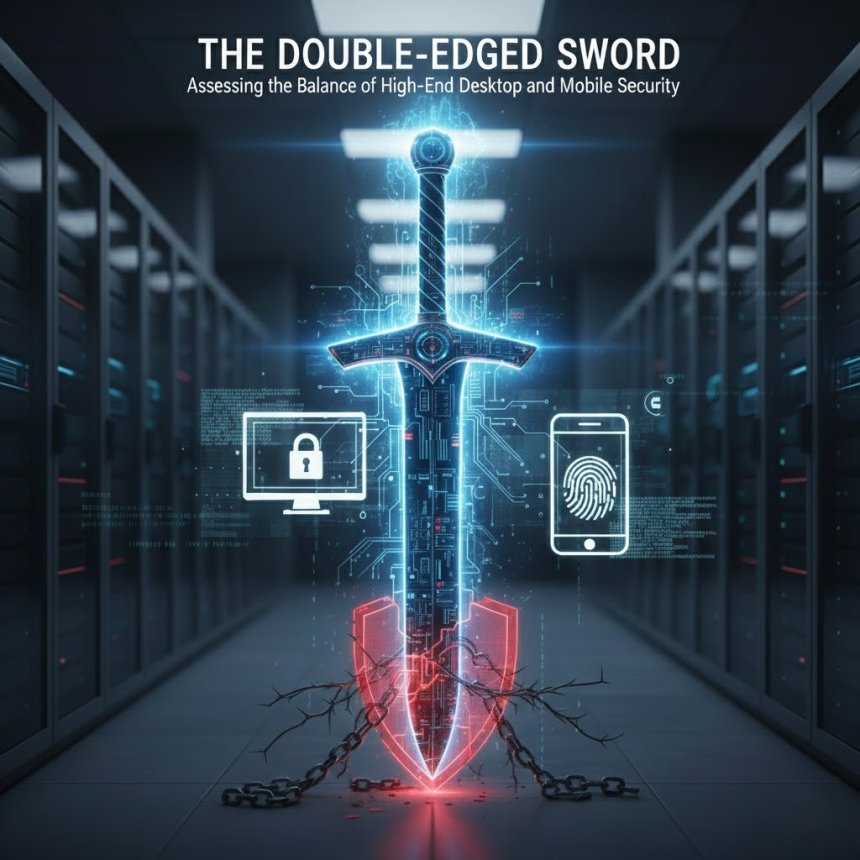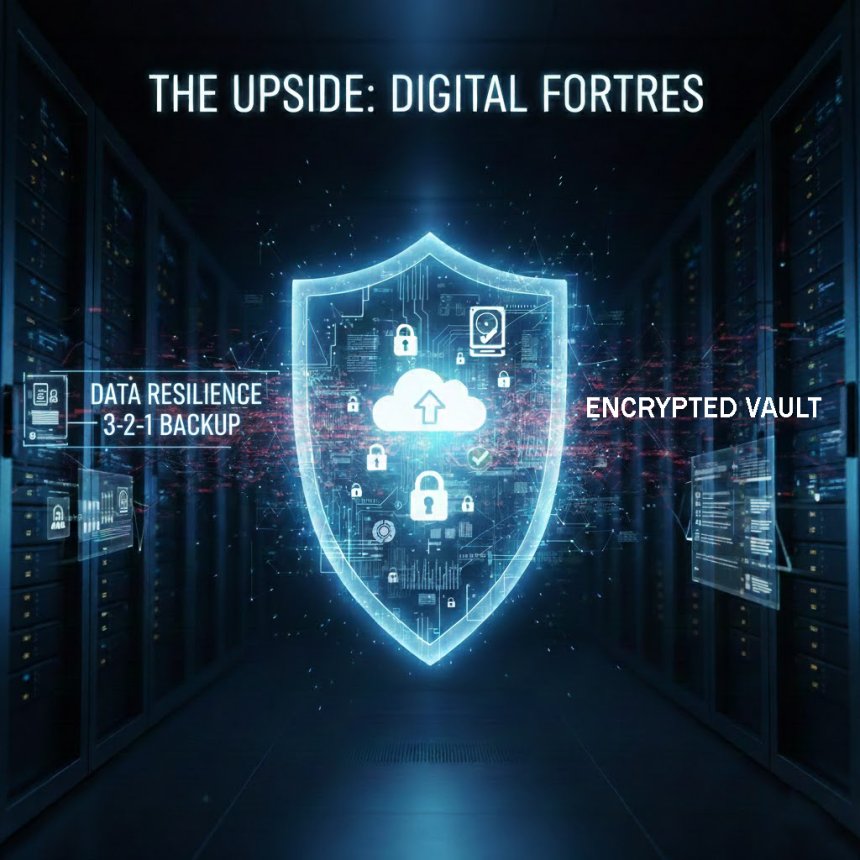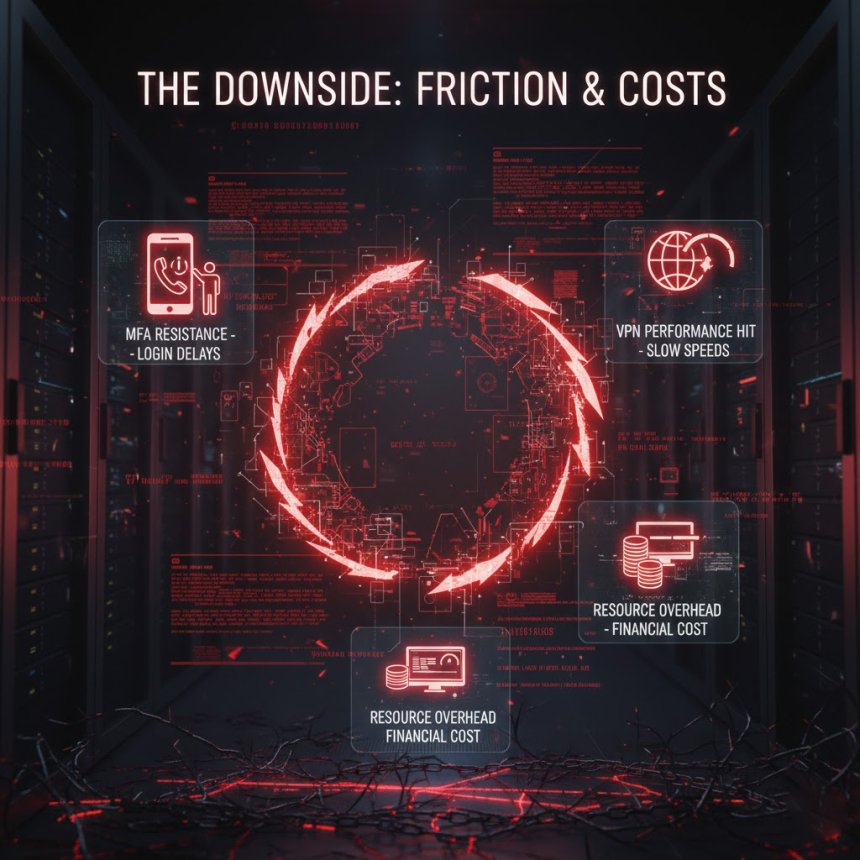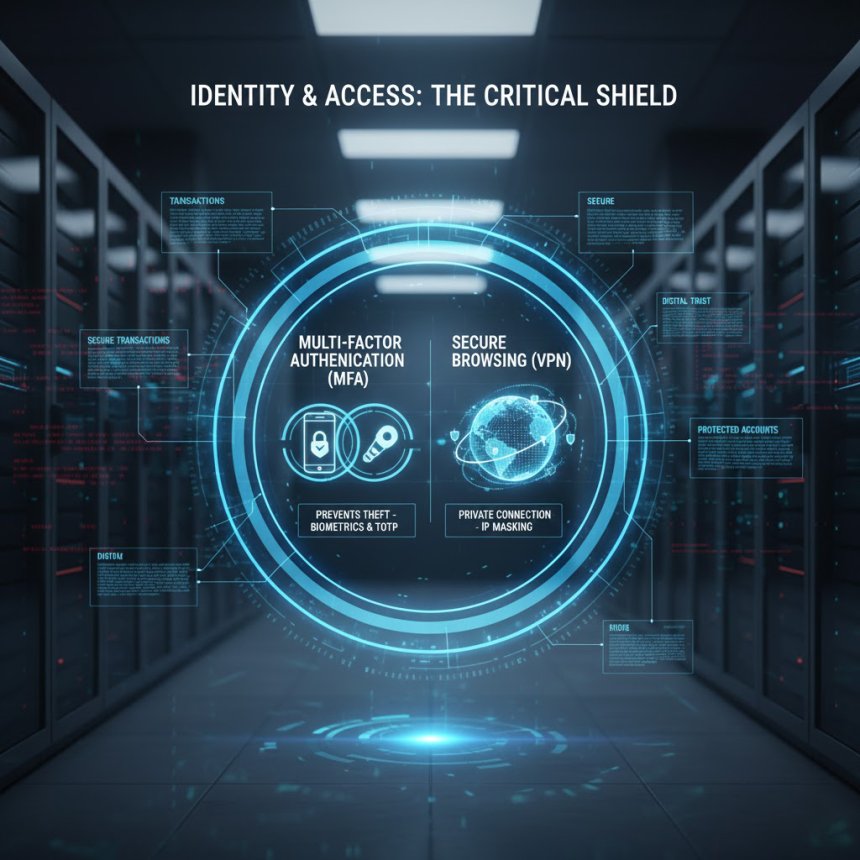
The Upside: The Fundamental Necessity of All-Encompassing Security
The primary argument for adopting robust security practices across mobile and PC platforms is the direct defense of personal assets, privacy, and continuity. The benefits far exceed simple virus removal, establishing a foundation of digital resilience.
1. Guaranteed Data Resilience and Recovery
In the modern threat landscape, data protection is fundamentally tied to two concepts: encryption and backup. Robust security ensures that data survives hardware failure, theft, and malicious attacks like ransomware.
2. Identity and Financial Security
The most significant immediate benefit of strong security is the protection of highly sensitive accounts, which is achieved through advanced authentication controls and network privacy.
3. Increased Assurance and Control
Official app stores (like Google Play and the Apple App Store) implement strict review processes to reject malicious or insecure applications, providing a strong initial filter for mobile users. Furthermore, security practices like auditing application permissions empower users to maintain granular control, ensuring that apps only access the minimal data necessary for their function, reinforcing the principle of least privilege.

The Downside: Security Friction and Hidden Costs
While security is critical, its implementation is rarely seamless. It often requires monetary investment, compromises in user experience, and the acceptance of significant responsibility. This is the "sword's edge" that requires careful management.
1. Usability Friction and Time Cost
The mechanisms that enhance security are, by definition, designed to slow down access to protect against unauthorized entry. For users, this translates directly into friction and inconvenience.
2. Performance Degradation and Resource Usage
Security software operates continuously in the background, monitoring all file and network activity, which places a permanent load on the device's Central Processing Unit (CPU) and memory.
3. Financial Cost and Data Loss Risk
For individuals seeking protection beyond the free, built-in solutions, or for small businesses, advanced security introduces tangible, recurring costs and a heightened risk of self-inflicted data loss.

Conclusion: Weighing Risk Against Effort - The Strategic Balance
The trade-off in cybersecurity is explicit: users must exchange convenience, a small amount of performance, and some financial investment for a massive increase in resilience against overwhelming, financially motivated threats.
In this exchange, the benefits of comprehensive security—guaranteed data recovery, protection against financial fraud, and identity preservation—dramatically outweigh the costs. The key is to manage the friction strategically, optimizing for maximum security with minimal daily disruption.
By relying on tools like password managers (to manage complex, unique passwords), embracing TOTP authenticator apps over less secure SMS codes for MFA, and diligently verifying backups through the 3-2-1 rule, users can maximize protection while minimizing the daily inconvenience. This strategic management effectively makes the "bad" aspects manageable for the sake of the essential digital safety and peace of mind.
When choosing a password manager, ensure it supports these core features to maximize security and minimize friction across your devices:
1. Zero-Knowledge Architecture: This is the most crucial security feature. It means your data is encrypted and decrypted locally on your device, and not even the password manager company can access your Master Password or the contents of your vault.
2. Cross-Platform Sync: The tool must work flawlessly on your desktop (Windows/macOS/Linux) and mobile (iOS/Android) devices, using cloud sync to keep all passwords consistent.
3. Built-in Password Generator: It should automatically generate long, complex, and truly random passwords (e.g., $18-24$ characters with numbers, symbols, and mixed case) for every new account.
4. Autofill & Autosave: On both desktop browsers and mobile apps, it should securely inject your credentials into login fields and automatically prompt you to save new ones, eliminating manual entry.
5. Integrated TOTP Authenticator: The best managers can store the secret key for your Multi-Factor Authentication codes and generate the codes themselves. This streamlines the login process—you just unlock your vault once, and both the password and the one-time code are available for autofill.

The Strategic Recommendation:
Instead of relying on an SMS text, which an attacker can hijack via a SIM Swap attack, you should use an authenticator app (like Google Authenticator, Authy, or the built-in feature of your chosen password manager) that generates a new code every 30 seconds. This simple shift provides a massive increase in identity security while improving user convenience, making it the ideal "good" trade-off for managing security friction.
 Like
0
Like
0
 Dislike
0
Dislike
0
 Love
0
Love
0
 Funny
0
Funny
0
 Angry
0
Angry
0
 Sad
0
Sad
0
 Wow
0
Wow
0